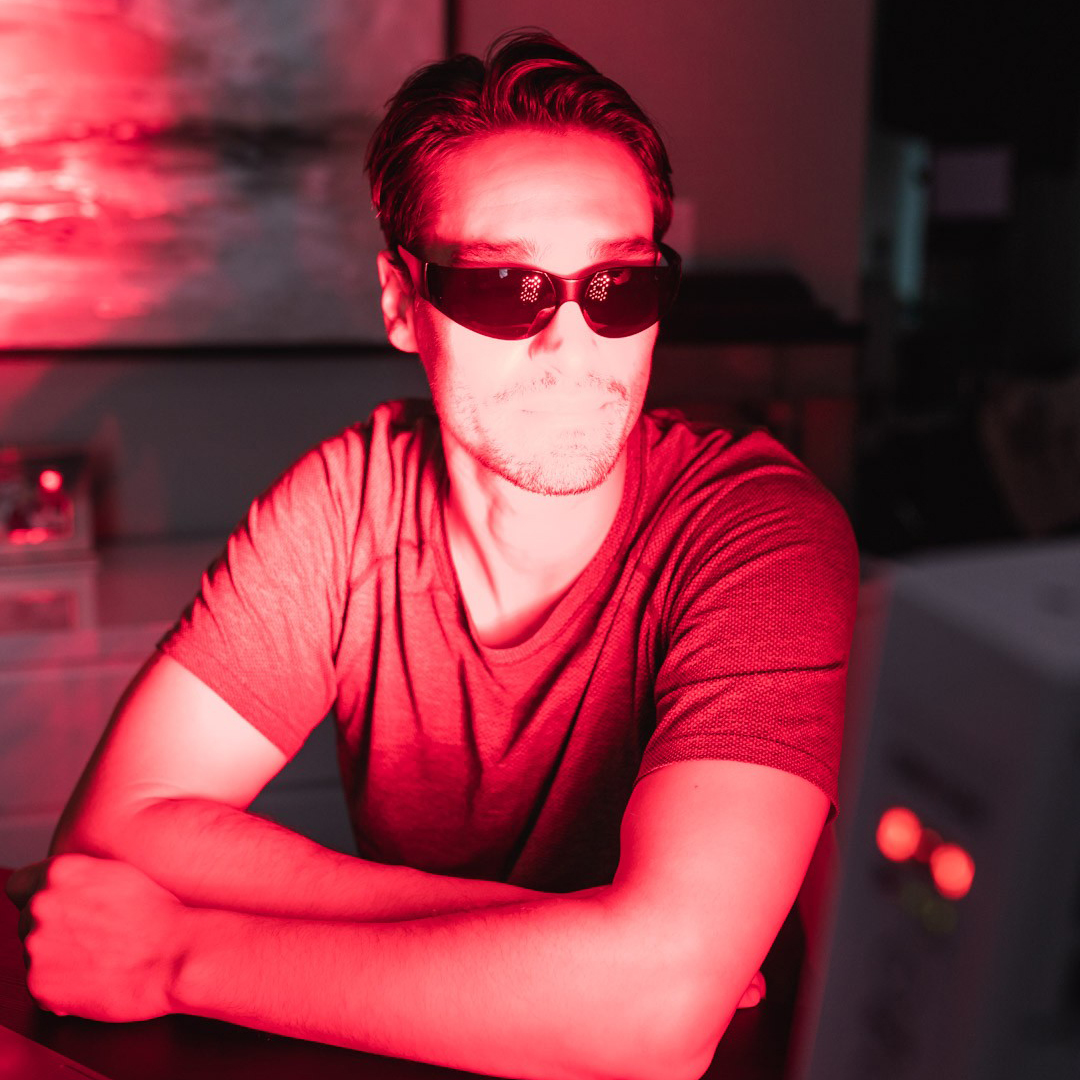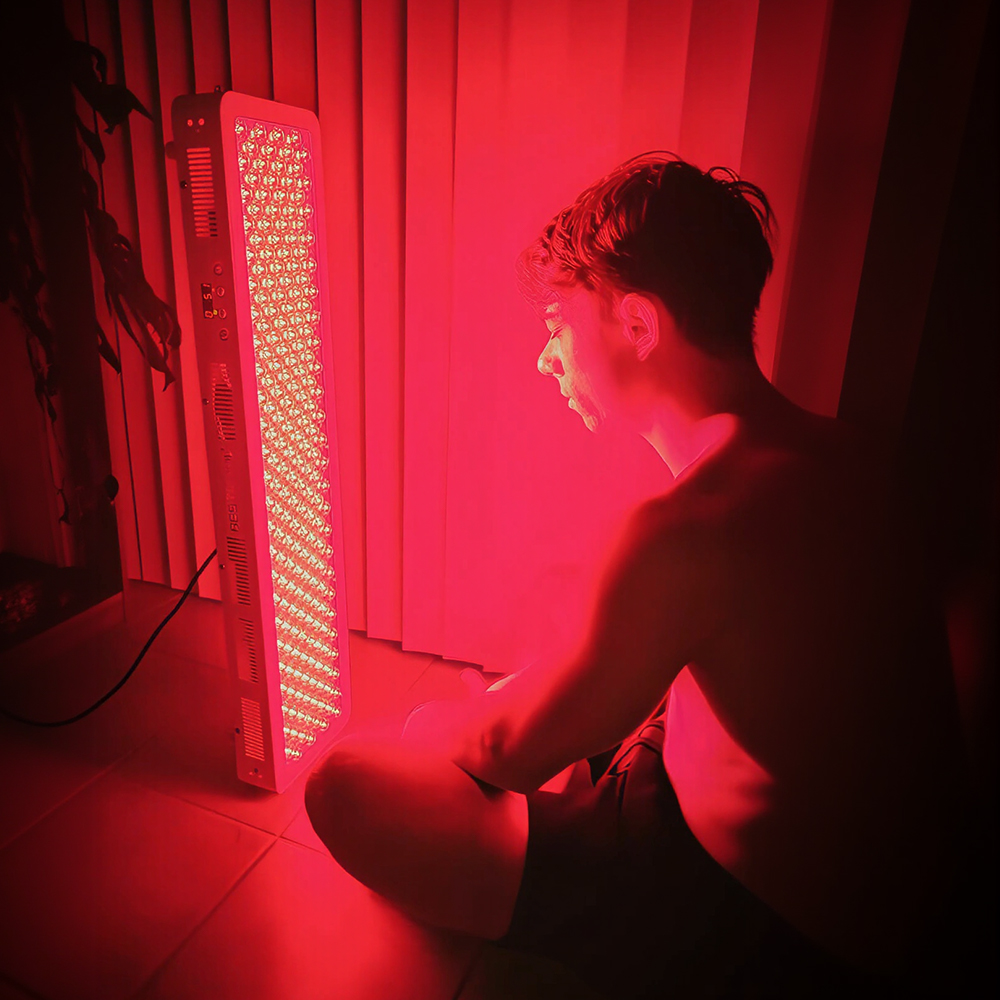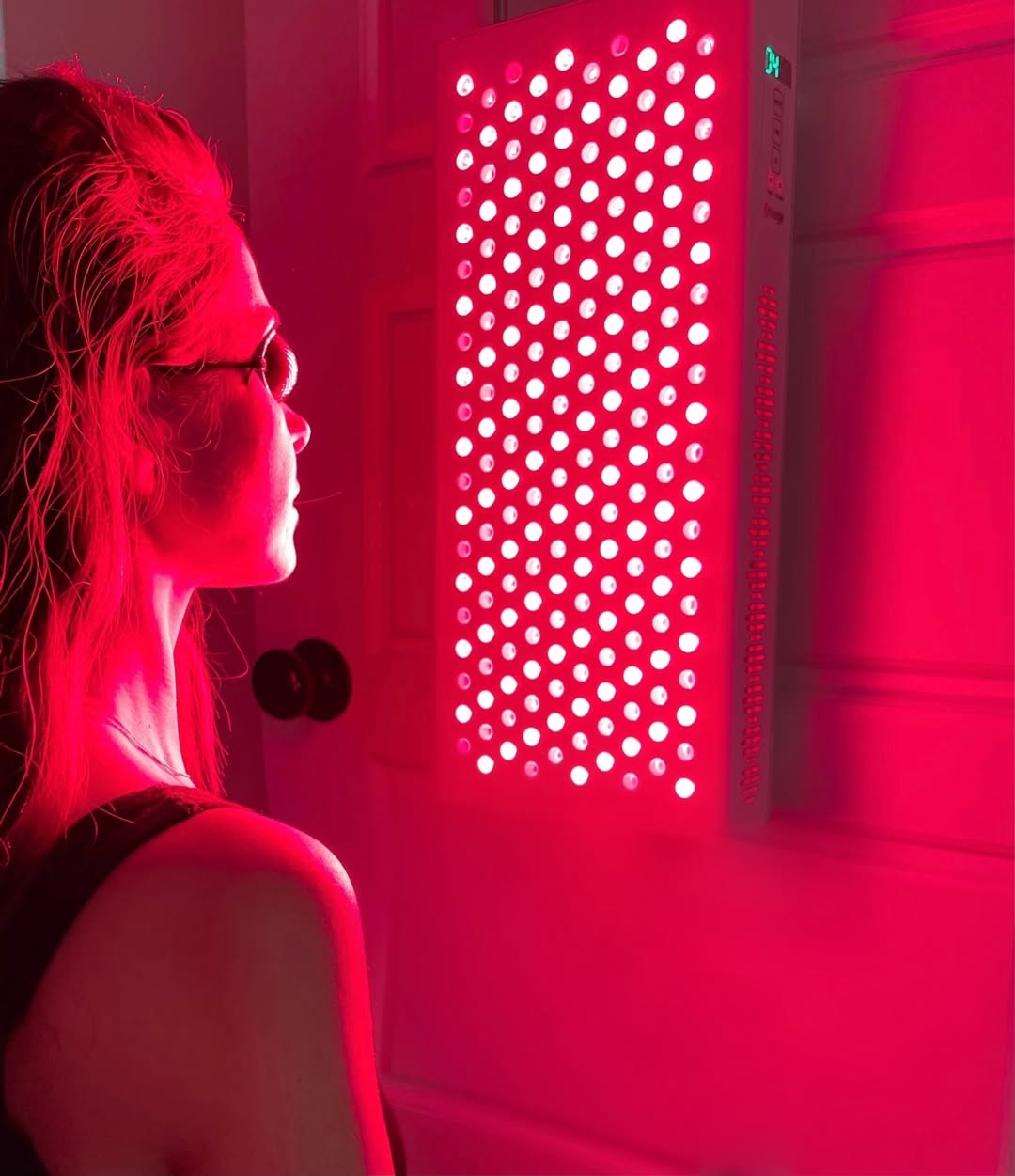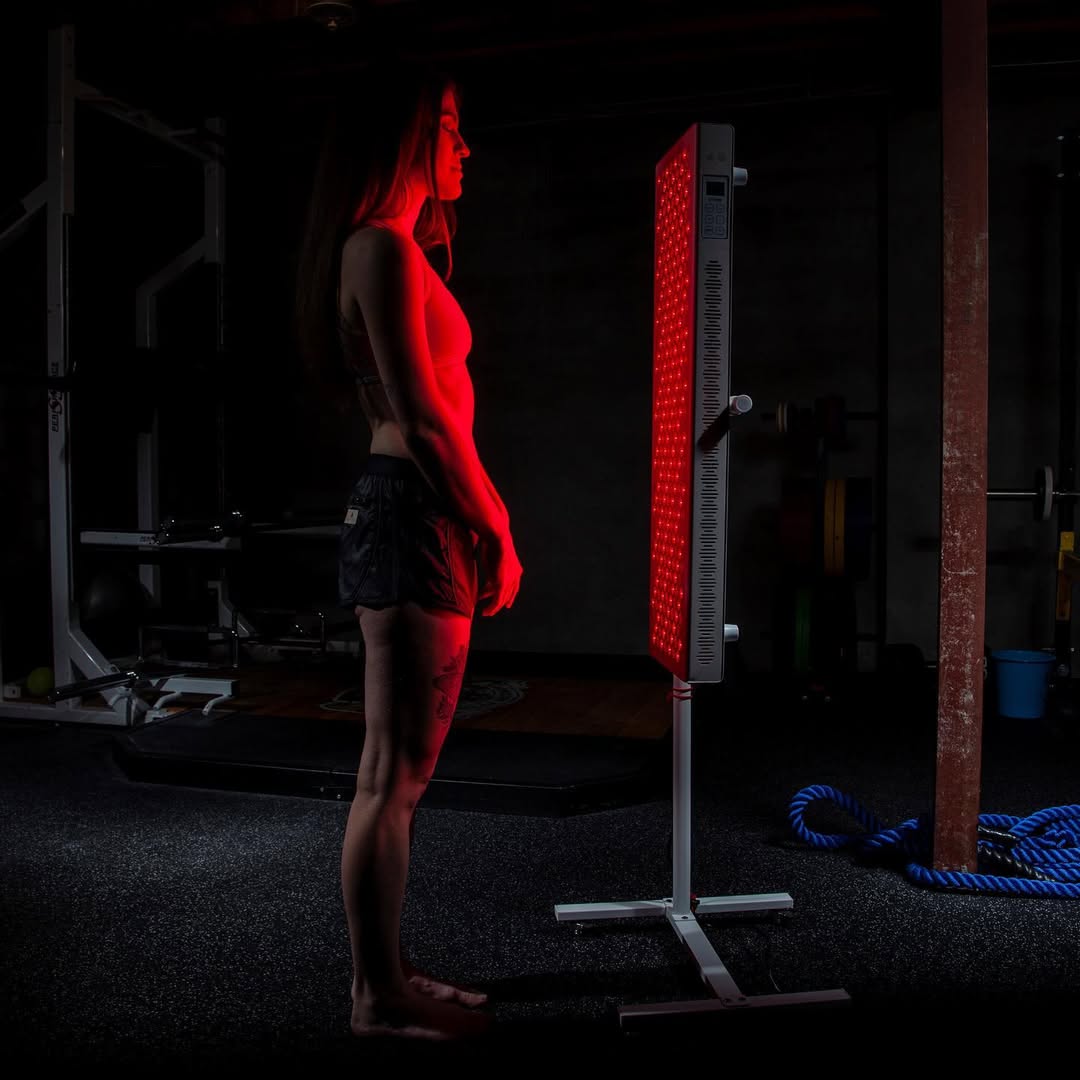![]() Free Shipping
Free Shipping ![]() Buy Now, Pay Later
Buy Now, Pay Later ![]() Eligible
Eligible
How Red Light Therapy Relieves Chronic Fatigue: A Science-Backed Solution

Chronic fatigue is a debilitating condition that affects millions of people worldwide. Unlike ordinary tiredness, chronic fatigue doesn’t improve with rest and can severely impact daily life, productivity, and overall well-being. While traditional treatments like medication, diet changes, and exercise can help, many people are turning to red light therapy (RLT) as a powerful, non-invasive solution.
But how exactly does red light therapy combat chronic fatigue? Let’s dive into the science, benefits, and real-world applications of this cutting-edge treatment.
Understanding Chronic Fatigue: More Than Just Tiredness
Chronic fatigue syndrome (CFS), also known as myalgic encephalomyelitis (ME), is characterized by:
- Persistent exhaustion lasting more than six months
- Unrefreshing sleep
- Cognitive difficulties (“brain fog”)
- Muscle and joint pain
- Headaches
- Sensitivity to light and sound
The exact cause of chronic fatigue remains unclear, but contributing factors may include:
- Mitochondrial dysfunction (impaired energy production in cells)
- Chronic inflammation
- Oxidative stress
- Poor circulation
- Hormonal imbalances
Since fatigue is multi-faceted, an effective treatment must address these underlying issues—which is where red light therapy shines.
What Is Red Light Therapy?
Red light therapy (RLT), also known as low-level laser therapy (LLLT) or photobiomodulation (PBM), involves exposing the body to red and near-infrared (NIR) light wavelengths (typically 600-850 nm). These wavelengths penetrate the skin and stimulate cellular repair, reduce inflammation, and boost energy production.
Unlike UV light, which damages cells, red and near-infrared light enhances cellular function without harmful side effects.
5 Ways Red Light Therapy Fights Chronic Fatigue
1. Boosts Mitochondrial Energy Production
Fatigue often stems from mitochondrial dysfunction—the “powerhouses” of cells fail to produce enough ATP (energy).
- Red and near-infrared light stimulate cytochrome c oxidase, a key enzyme in ATP production.
- Studies show RLT increases ATP synthesis by up to 200%, providing cells with more energy.
- Enhanced mitochondrial function means less fatigue and better endurance.
2. Reduces Inflammation & Oxidative Stress
Chronic inflammation and oxidative stress are major contributors to fatigue.
- RLT lowers pro-inflammatory cytokines (like TNF-α and IL-6).
- It increases antioxidant enzymes, reducing oxidative damage.
- A 2016 study in The Journal of Inflammation Research found RLT significantly decreases inflammation in chronic conditions.
3. Improves Sleep Quality
Poor sleep worsens fatigue, creating a vicious cycle.
- RLT regulates melatonin production, improving circadian rhythm.
- A 2012 study in Nature and Science of Sleep found near-infrared light enhances deep sleep.
- Users report falling asleep faster and waking up more refreshed.
4. Enhances Circulation & Oxygenation
Fatigue can result from poor blood flow, depriving muscles and organs of oxygen.
- RLT stimulates nitric oxide release, improving blood vessel dilation.
- Better circulation means more oxygen and nutrients delivered to tissues.
- Athletes using RLT report faster recovery and reduced muscle fatigue.
5. Supports Brain Function & Reduces Brain Fog
Cognitive fatigue (“brain fog”) is a hallmark of chronic fatigue syndrome.
- RLT increases cerebral blood flow, enhancing mental clarity.
- It promotes neurogenesis (growth of new brain cells) and reduces neuroinflammation.
- A 2017 study in Photomedicine and Laser Surgery found RLT improves cognitive function in TBI patients.
Real-World Success: How People Use RLT for Fatigue
- Office Workers & Students – Use portable RLT devices to combat midday slumps and improve focus.
- Athletes & Fitness Enthusiasts – Speed up recovery and reduce post-workout fatigue.
- Chronic Illness Patients – Many with fibromyalgia, Lyme disease, and long COVID report significant fatigue reduction after regular RLT sessions.
How to Use Red Light Therapy for Fatigue
For best results:
- Choose the Right Device – Look for medical-grade panels with both red (660 nm) and near-infrared (850 nm) wavelengths.
- Consistency is Key – Start with 10-20 minute sessions, 3-5 times per week.
- Target Key Areas – Apply to the forehead (for brain fog), neck, abdomen, or large muscle groups.
- Combine with Other Therapies – Pair RLT with good sleep, hydration, and a balanced diet for maximum benefits.
Final Thoughts: Is Red Light Therapy Worth Trying?
If chronic fatigue has been holding you back, red light therapy offers a safe, drug-free, and scientifically supported way to reclaim your energy. By enhancing cellular function, reducing inflammation, improving sleep, and boosting circulation, RLT addresses fatigue at its root.
While individual results vary, many users report feeling more energetic, mentally sharper, and less reliant on stimulants like caffeine after just a few weeks of use.
Have you tried red light therapy for fatigue? Share your experience in the comments!
VELLGUS Elite V2
THE #1 RATED RED LIGHT DEVICE
VELLGUS pro V2
THE #1 RATED FULL BODY RED LIGHT DEVICE
References & Further Reading
- Hamblin, M. R. (2017). Mechanisms and applications of the anti-inflammatory effects of photobiomodulation. AIMS Biophysics.
- Ferraresi, C. et al. (2016). *Low-level laser (light) therapy increases mitochondrial membrane potential and ATP synthesis in C2C12 myotubes*. Journal of Biophotonics.
- Naeser, M. A. et al. (2017). Significant improvements in cognitive performance post-transcranial, red/near-infrared LED treatments in chronic, mild TBI. Photomedicine and Laser Surgery.








